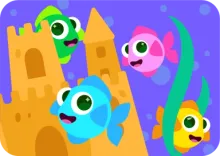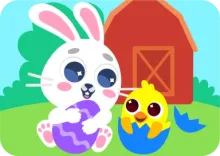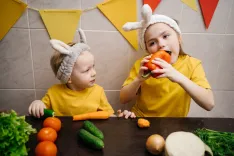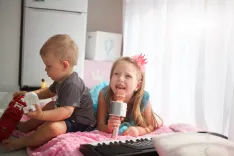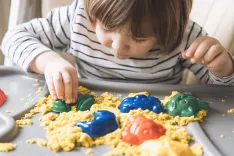Color games for 2 year olds
See, Notice, Connect
- 01
Visual memory
Colors serve as powerful anchors that help toddlers store and retrieve what they’ve seen. Repeated play turns quick glances into stable recall of objects, actions, and simple scenes.
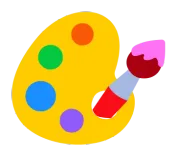
- 02
Visual perception
Kids learn to discriminate shades, shapes, and tiny details, sharpening careful looking rather than guessing. This early “noticing” skill later supports letter recognition, number reading, and map-like scanning of pages.

- 03
Associative thinking
Color becomes a bridge linking objects, emotions, and actions into meaningful pairs and mini-stories. These links train the brain to group, compare, and predict, laying groundwork for flexible reasoning.

- 04
Coordination
Sorting and coloring tasks guide precise finger movements and steady hand–eye tracking. With each drag, tap, and fill, fine motor control grows, preparing the hand for pre-writing strokes and everyday self-care tasks.

Blog
Why Should You Develop Color Recognition at Age Two?
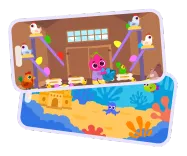
At this age, toddlers can focus on simple tasks, recognize familiar objects, and begin sorting things by color. That makes color-based play ideal for building early thinking skills – short, guided activities turn naming and matching into habits, improve visual memory, and strengthen hand–eye coordination. Add quick daily moments – sort toys by hue, find “all the reds” in a picture, or fill simple coloring prompts – to reinforce attention, language, and calm, independent play.
Color Learning Games That Brighten Every Day
Color perception is a crucial milestone in a child's sensory development. Studies show that newborns and infants don’t initially distinguish colors well – black-and-white visuals are most effective in early development. But by age two, toddlers can clearly see the world around them. Light and color become vibrant, fascinating elements of their environment – the first mysteries they begin to explore.
A bright balloon, a green leaf, a red car – everything becomes a learning opportunity. In color games, a child isn’t just playing – they’re learning to spot differences, remember details, compare items, and even express emotions through color. It’s not only about future creativity – color perception also supports logic, attention, and cognitive flexibility. That’s why we’ve created a wide range of color games in Keiki.
Modern color games for 2-year-olds aren’t just flashcards for learning the names of colors. They’re more comprehensive and dynamic – engaging memory, logic, and focus through fun, play-based experiences. Through these gentle, enjoyable tasks, children begin to recognize and name colors naturally, without pressure. In Keiki, you’ll find a full set of color-based games designed especially for toddlers:
- Sorting toys by color – Simple drag-and-drop actions with large elements and clear animation
- Colorful animals and fruits – Familiar visuals that strengthen object-color associations
- Color-based collection games – Pick fruit or group insects by their colors
- Interactive coloring pages – Boosting creativity and hand coordination
- Flashcards – A powerful all-around learning tool
Our online color games for 2-year-olds are gentle on the senses and designed to deliver real, visible results.
Why Is Keiki the Best Choice for Color Development?
Gamification and a deep understanding of child development help us provide an experience that’s effective, engaging, and safe. Here’s why Keiki stands out:
- Playful, pressure-free format – No forced goals or stress, just gentle and adaptive progress that brings joy
- Safe environment – No ads, no external links, and no risks – your child can play independently
- Expert-designed content – Every game is created in collaboration with early childhood educators
- Layered learning – We start with primary colors and gradually introduce more complex shades and shapes
- Flexible format – Games are ideal for short sessions (5–10 minutes), but longer content is available when you’re on the go
With Keiki, your child isn’t just learning colors – they’re growing, thriving, and enjoying every moment of discovery.




